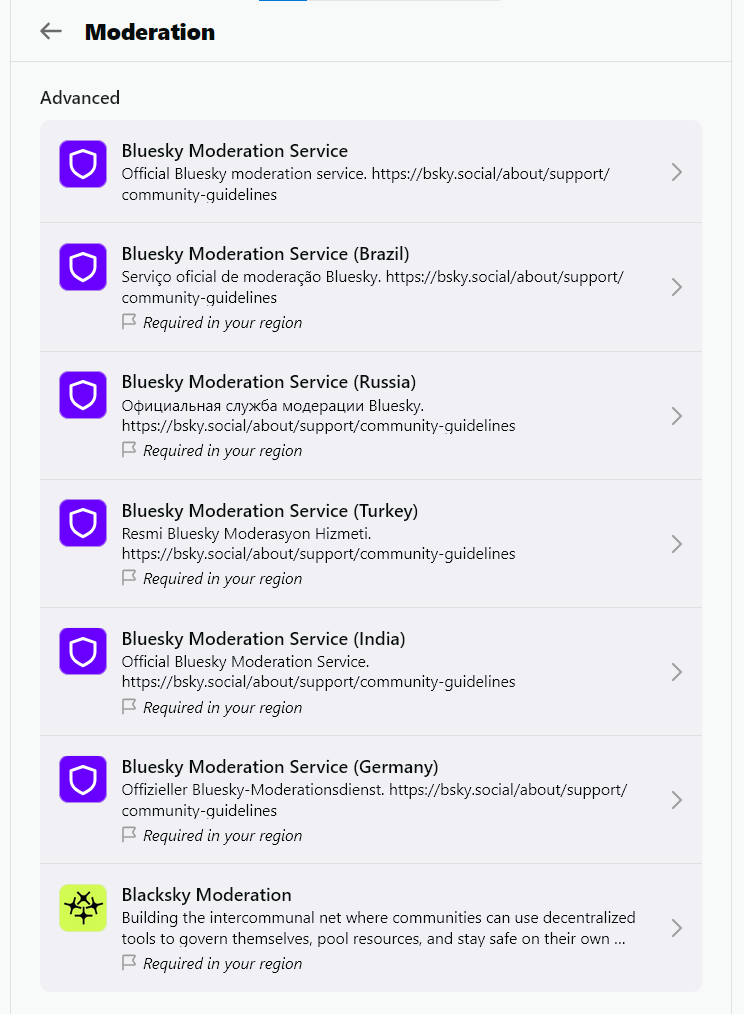Just drove to Toronto and all around the Deep South of Ontario and then back across the Wilds.
-
Just drove to Toronto and all around the Deep South of Ontario and then back across the Wilds. All Covid-free as always.
Everybody's sick. Everything is even shittier than the last time I was down there. Everybody is stupid and aggressive.
-
Just drove to Toronto and all around the Deep South of Ontario and then back across the Wilds. All Covid-free as always.
Everybody's sick. Everything is even shittier than the last time I was down there. Everybody is stupid and aggressive.
At one point, a pickup truck (it's ALWAYS a pickup) came down the hill @ us, trying to pass 3, 4, 5 cars & a truck in a no-passing zone on a curve. He looked at us, made eye-contact, and thought "Why not."
We had to evade into the ditch, hard break to 30kmh. As it was, we missed him by ~10 feet. w/o evasion we would have certainly all died.
He chose to drive us right off the road. Like, literally looked us in the eye and said "Let's all die."
Then an hour later it happened AGAIN. Same situation. Same choice. This time from behind us.
Then, an hour after that, it happened AGAIN.
The highways up here are serious now. Everybody's got holes in their brains and everybody's playin for keeps. The Psychosis is real.
-
At one point, a pickup truck (it's ALWAYS a pickup) came down the hill @ us, trying to pass 3, 4, 5 cars & a truck in a no-passing zone on a curve. He looked at us, made eye-contact, and thought "Why not."
We had to evade into the ditch, hard break to 30kmh. As it was, we missed him by ~10 feet. w/o evasion we would have certainly all died.
He chose to drive us right off the road. Like, literally looked us in the eye and said "Let's all die."
Then an hour later it happened AGAIN. Same situation. Same choice. This time from behind us.
Then, an hour after that, it happened AGAIN.
The highways up here are serious now. Everybody's got holes in their brains and everybody's playin for keeps. The Psychosis is real.
-
@yumpsuit Actual video footage of me.
Except for when I give em the ol double bird.
I think Luigi would be doin the ol #1 here if he wasn't trapped in Nintendoverse.😆
-
 undefined Oblomov shared this topic on
undefined Oblomov shared this topic on
-
@yumpsuit Actual video footage of me.
Except for when I give em the ol double bird.
I think Luigi would be doin the ol #1 here if he wasn't trapped in Nintendoverse.😆
@subjacentish I support you growing a big brushed out mustache, especially if you wear white driving gloves while flipping off shitty motorists
-
@subjacentish I support you growing a big brushed out mustache, especially if you wear white driving gloves while flipping off shitty motorists
@yumpsuit Related Q: if you only have 3 fingers, does the "middle finger" still count? 1/3 of your fingers are a middle finger.
-
@yumpsuit Related Q: if you only have 3 fingers, does the "middle finger" still count? 1/3 of your fingers are a middle finger.
@subjacentish becomes the "social finger"
-
@subjacentish becomes the "social finger"
@yumpsuit ... I just realized that having 4 fingers means that the middle finger isn't a middle finger. It's a 2nd finger.
Maybe only Luigi can really flip the true bird.

-
@yumpsuit ... I just realized that having 4 fingers means that the middle finger isn't a middle finger. It's a 2nd finger.
Maybe only Luigi can really flip the true bird.

@subjacentish the blameless life of Mr. Bean is vindicated once again

